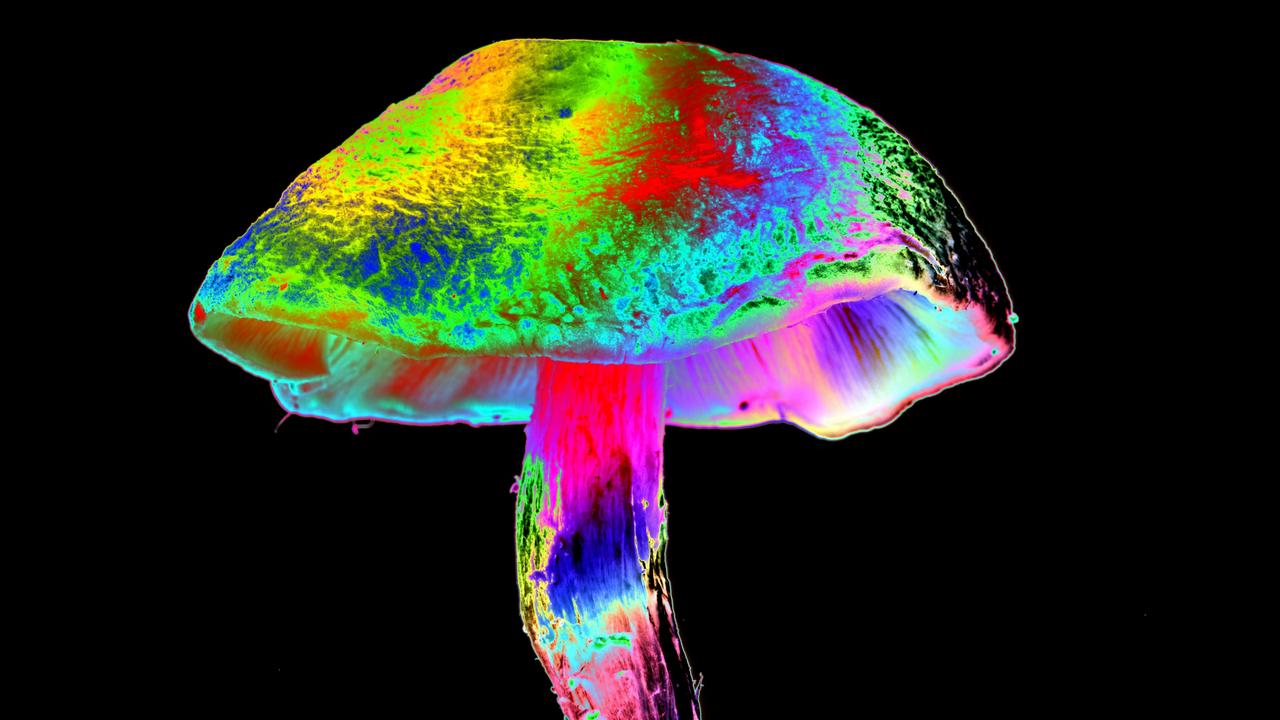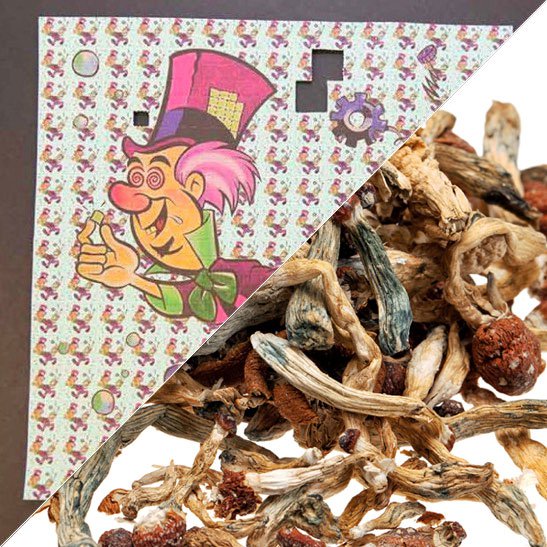Understand Why About Golden Psycho Has Gained Attention.
Understand Why About Golden Psycho Has Gained Attention.
Blog Article
All Regarding Psychotomimetic Compounds: Their Role in Psychological Study
Psychotomimetic substances, such as LSD and psilocybin, have actually amassed increasing passion in psychological research for their capacity to replicate psychotic signs and symptoms and supply insight into numerous mental health and wellness conditions. Their interactions within the mind, particularly through serotonin and dopamine pathways, suggest a facility relationship in between consciousness and neurobiology that may unlock unique therapeutic avenues. As scientists proceed to investigate their prospective applications, honest factors to consider surrounding their use in professional settings come to be paramount, raising important questions about safety and informed authorization that require more exploration.
Definition of Psychotomimetic Compounds
In the world of emotional research study, psychotomimetic compounds are substances that can induce effects looking like those of psychosis, such as hallucinations, delusions, and altered assumptions of fact - About Golden Psycho. These substances can be categorized into different categories, including hallucinogens, dissociatives, and certain energizers, each producing distinct psychological results
The medicinal activity of psychotomimetic compounds often includes inflection of neurotransmitter systems, especially those relevant to serotonin, dopamine, and glutamate. Materials like lysergic acid diethylamide (LSD) mainly act on serotonin receptors, leading to profound alterations in sensory assumption and cognition.
The energy of psychotomimetics in research depends on their capacity to simulate psychotic signs, offering a model for understanding the hidden devices of psychotic problems such as schizophrenia. By studying the effects of these substances, scientists can acquire insights right into the neurobiological and mental processes that add to psychosis.
Moreover, psychotomimetic substances have been explored for their therapeutic potential in treating numerous mental health problems, consisting of depression and anxiousness, highlighting their double function in both study and possible scientific applications.
Historic Development and Context
The exploration of psychotomimetic compounds has a rich historic context that goes back to ancient human beings, where compounds such as psilocybin mushrooms and peyote were utilized in spiritual and recovery methods. These early uses frequently linked with religious routines, recommending a profound reverence for the transformed states of awareness induced by these substances.
The mid-20th century marked a substantial juncture in the study of psychotomimetic materials, especially with the synthesis of LSD by Albert Hofmann in 1938. The succeeding popularization of LSD in the 1960s militarized a wave of rate of interest in both its psychological results and potential healing applications. Scientists began to explore exactly how these materials might imitate psychotic states, giving insights right into mental illness.
Nonetheless, the increasing organization of psychotomimetics with counterculture activities led to regulatory reaction, culminating in the criminalization of a number of these substances. Despite these obstacles, the revival of passion in the therapeutic potential of psychedelics in the 21st century has motivated restored study. This historic trajectory underscores the progressing assumption of psychotomimetic compounds, transforming from sacred substances to subjects of scientific inquiry and, potentially, restorative guarantee.
Devices of Activity
Recognizing the devices of action of psychotomimetic compounds reveals the intricate means these materials connect with the mind's neurochemistry. These substances largely apply their effects via inflection of natural chemical systems, next page specifically serotonin, dopamine, and glutamate. Many classic psychedelics, such as psilocybin and LSD, primarily act as agonists at serotonin 5-HT2A receptors, leading to transformed assumption and cognition. This communication not only impacts sensory processing but additionally improves psychological and reflective experiences.
Along with serotonin, dopaminergic pathways are considerably influenced by substances like mescaline and specific cannabinoids, which can bring about transformed states of consciousness and changes in state of mind and motivation. In addition, the NMDA receptor incongruity observed with substances like ketamine highlights an additional pathway where psychotomimetics may cause dissociative states and profound alterations in assumed procedures.
The neurochemical cascades started by these interactions lead to complicated and complex emotional impacts. Understanding these systems is essential for both the innovation of mental study and the restorative potential of psychotomimetic substances, as they offer insights right into the underlying neural correlates of altered states of consciousness.
Current Research and Applications
Recent examinations into psychotomimetic compounds have exposed a renewal of passion in their therapeutic applications, specifically in the areas of psychiatry and psychology. Scientists have actually started checking out materials such as psilocybin, LSD, and ayahuasca for their prospective to relieve symptoms connected with numerous psychological health conditions, including clinical depression, anxiousness, and PTSD.
Clinical tests have actually demonstrated that, when administered in controlled atmospheres, these substances can facilitate profound emotional news experiences, promoting emotional developments and boosted restorative end results. Studies have actually revealed that psilocybin-assisted therapy can lead to significant decreases in treatment-resistant clinical depression, with results lasting for numerous months post-treatment.
In addition, psychotomimetic compounds are being evaluated for their ability to foster neuroplasticity, potentially enabling even more reliable rewiring of maladaptive idea patterns. These findings recommend that such compounds might act as accessories to conventional psychotherapeutic methods, improving the effectiveness of therapeutic treatments.
As research advances, the emphasis is shifting in the direction of comprehending the optimal does, restorative settings, and individual characteristics that can optimize the benefits of these compounds. This burgeoning field holds assurance for reinventing psychological wellness therapy standards and addressing the constraints of traditional psychological medications.
Honest Considerations in Research

Browsing the moral landscape of study including psychotomimetic substances is critical to guaranteeing participant security and the stability of research outcomes. Scientists should prioritize educated consent, making certain that participants totally comprehend the prospective dangers and advantages connected with the materials being examined. This includes supplying comprehensive information concerning feasible emotional results, consisting of acute and lasting influences, and permitting individuals the opportunity to take out from the research study at any moment scot-free.
IRBs assess research study procedures to secure participant well-being and promote honest criteria. In addition, the capacity for threat have to be thoroughly evaluated, particularly when prone populaces are involved.
Confidentiality is another paramount factor to consider. Scientists should carry out robust measures to shield participants' identities and data, specifically provided the sensitive nature of experiences associated with psychotomimetic compounds (About Golden Psycho). Ultimately, a dedication to honest practices not just promotes count on in between scientists and participants yet additionally improves the integrity and validity of the study results, contributing to the advancement of psychological expertise

Conclusion
To conclude, psychotomimetic substances, specifically timeless psychedelics such as LSD and psilocybin, offer significant insights into emotional conditions through their one-of-a-kind systems of action. Their therapeutic potential in resolving conditions like anxiety and PTSD highlights the value of ongoing study in this field. Ensuring honest see criteria in study methods is critical for individual safety and notified consent, enabling for a responsible expedition of these substances' advantages and implications within psychological scientific research.
Report this page